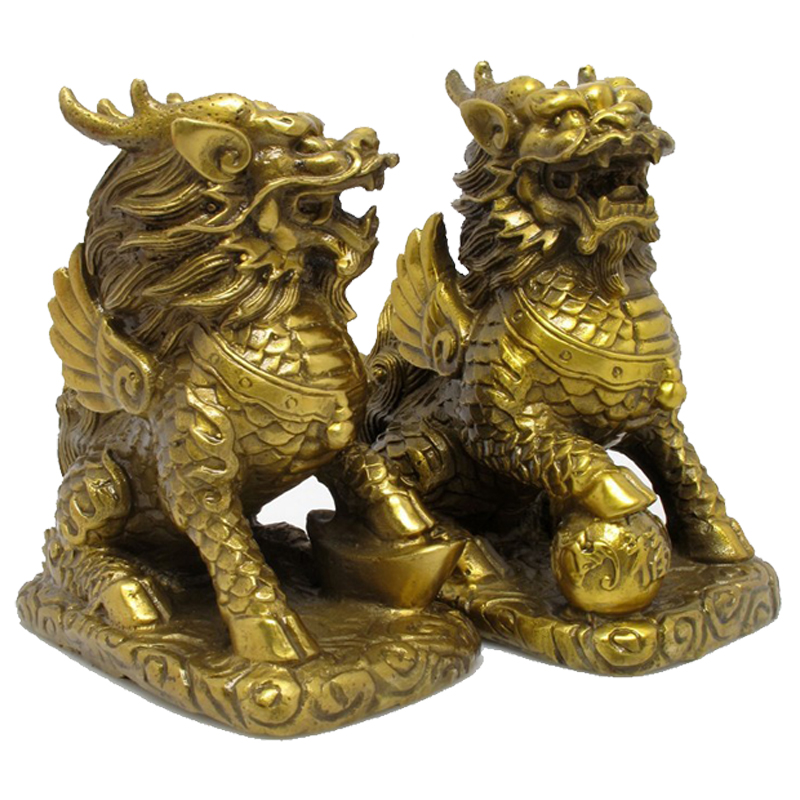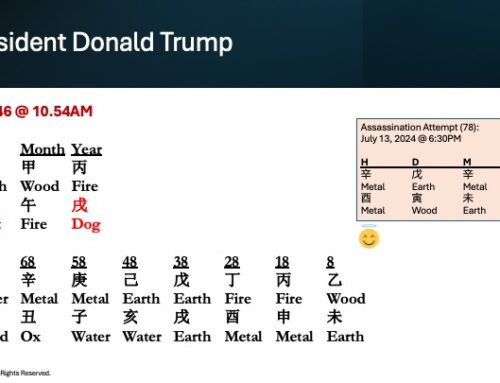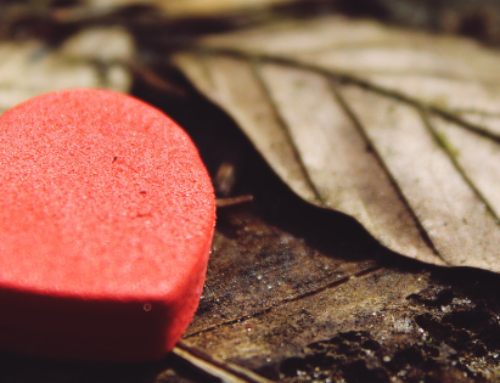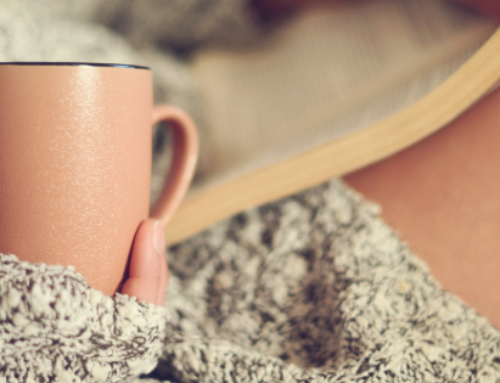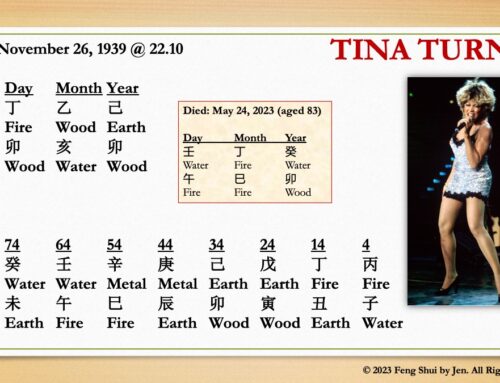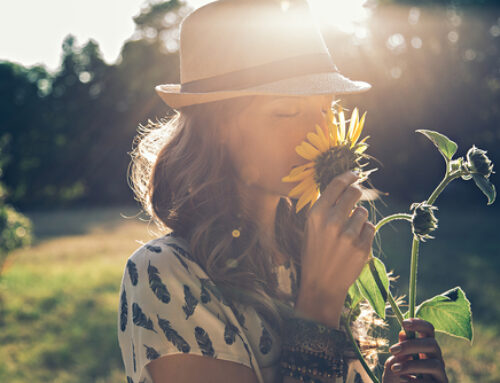Feng Shui External Forms: Curved Blade
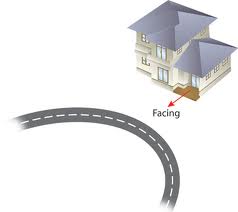 Curved Blade, also known as Bow Shaped Road, refers to the shape of a road in front of a building that has a curve point towards it. In Forms School Feng Shui, this kind of water configuration in the external environment is not considered favorable because it means Qi “turns away” from the building. (Water means money prosperity). That’s why we prefer to avoid selecting a house that sits in a cul-de-sac, which in some cases, would have been prime real estate.
Curved Blade, also known as Bow Shaped Road, refers to the shape of a road in front of a building that has a curve point towards it. In Forms School Feng Shui, this kind of water configuration in the external environment is not considered favorable because it means Qi “turns away” from the building. (Water means money prosperity). That’s why we prefer to avoid selecting a house that sits in a cul-de-sac, which in some cases, would have been prime real estate.
When a building directly faces a curved blade, you can say money prosperity for the house will be weaker. That’s why we prefer to see the opposite image – one that is embracing the building, rather than turning away.
You can use the Five Elements to cure physical Shas. Because a curved shape is a Metal shape, you can use Water Element to exhaust the energy, such as putting a water fountain or a pond. You can also consider placing a pair of auspicious animals such as the Kirin to face these negative external features. (Note: Kirin is said to protect against negative energy coming in.)
A Kirin is one of the basic cures in Forms School Feng Shui. Kirin, usually used in a pair, is a mythical animal that has the head of a Dragon, horns of an antelope, the scaly body of a fish, the tail of an ox, and the four legs and hooves of a deer.
In practice, I prefer to cure external Shas using the Five Elements rather than using these trinkets because the former is subtler and less conspicuous. However, some clients do choose to incorporate auspicious Feng Shui animals for psychological comfort, knowing that they are addressing the Feng Shui for their home. And that’s totally fine, too!
Tip: One way to distinguish a Kirin from a Pei Yeo (also another auspicious animal) is by looking at the horn. Kirin has 2 and Pei Yeo has 1.
Copyright © | Feng Shui by Jen LLC | All Rights Reserved | Materials may not be copied, translated, or distributed without prior written consent.

